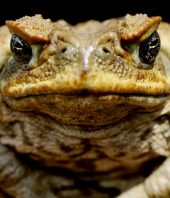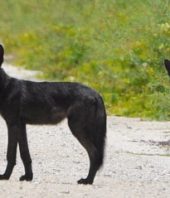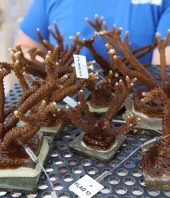The prehistoric shark Otodus megalodon was an awe-inspiring beast, measuring up to three times the length of the modern great white shark. But even the mightiest of predators were babies once.
Carlos Martínez-Pérez at the University of Valencia in Spain, Humberto Ferrón at the University of Bristol, UK, and their colleagues compared megalodon teeth recently collected at two quarries in northeastern Spain with records of teeth found at eight other sites around the world. A disproportionate number of teeth gathered at five of the nine global locations were from young sharks, suggesting that those sites represent megalodon ‘nurseries’.
Nurseries are protected areas with shallow waters and abundant prey where young sharks can develop in relative safety. Big, slow-growing species of shark persist only when the survival rate of juveniles is high, and nurseries can make this possible. But the researchers note that there’s a downside, too: species can become dependent on the availability of suitable nursery sites, which can be disrupted by sea-level changes.
Full Article: Nature






